Introduction to Zoology for Early Elementary Students ~ Week 6: Reptiles & Amphibians

This post is part of the Introduction to Zoology series. For a suggested class schedule, an overview of the entire course, and links to more lesson plans, please see the Introductory Post.
My sincere apologies for the long delay in completing this series of Lesson Plans. I am very sorry for any inconvenience it has caused you! I hope to have the remaining lessons posted by the end of March.
In this lesson you will teach your students about Reptiles and Amphibians.
Disclosure: I was not compensated for this post. I am an affiliate of Amazon, and will receive a small commission if a link on this page is used to make a purchase.
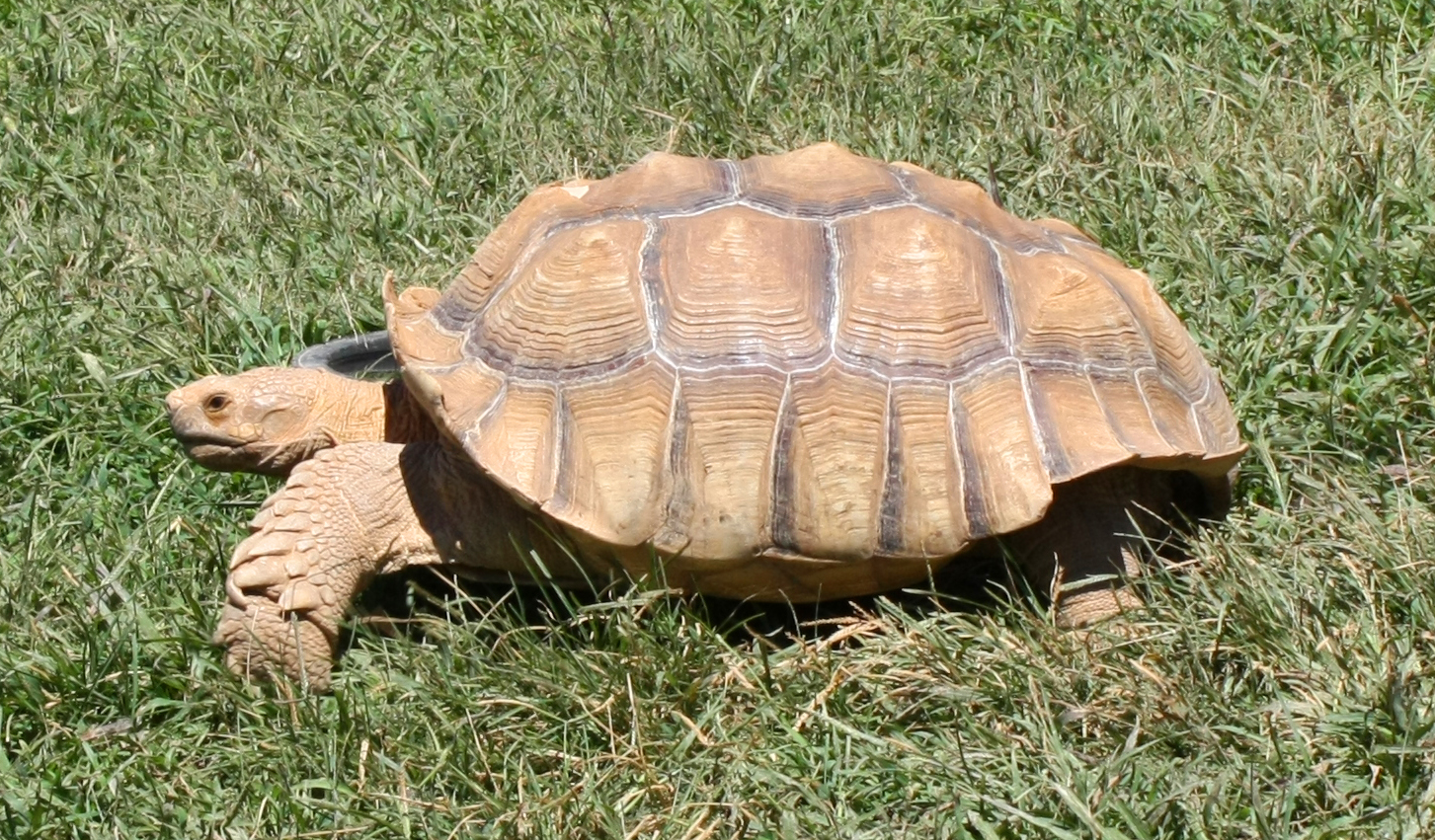
Week 6 Lesson Plan
Note: The following schedule is for a 2-hour class. We also allowed time each week for Show-and-Tell, which is not included below.
1. Introduction & Map Activity (Floor: 5 Minutes)
Reptiles live on every continent except for Antarctica. Most live in temperate or tropical climates. Some, such as tortoises, spend much of their time in the water.
Amphibians typically start out their lives in water as larvae. They live in a wide variety of habitats. They also live on every continent except for Antarctica.
In my lessons I used the Discovery Kids Fabric Activity Map pictured at the right. I split the felt land mass, water body, and animal pieces into 12 different baggies, one for each lesson. Each week I distributed the felt pieces among my students and allowed them to place them on the map, using a picture of the completed map as a guide.
Alternate Map Idea
The Discovery Kids map appears to be discontinued, so instead, you can use a regular wall map or globe. Cut out small pictures of the animals you are going to learn about from magazines or old encyclopedias. During each lesson attach them to the appropriate area on the map or globe with removable poster putty.
2. Poetry (Floor: 5 Minutes)
The Llama Who Had No Pajama: Frog and Riddle (page 14) and Pythons and Alligator/Crocodile (page 55).
3. Animal Encyclopedia (Floor: 5 – 10 Minutes)

- “What is the most interesting thing you remember?”
- “Do you remember some differences between amphibians and reptiles?”
- “What do reptiles eat? What do amphibians eat?”
I mostly used DK First Animal Encyclopedia, and occasionally Usborne Children’s Encyclopedia of Animals for my lessons.
Use a free Animal Sounds app on your phone or tablet: find the animals you are studying in this lesson and play the sounds for your kids. My students loved this – especially when I let them touch the buttons to play the sounds! If you can’t find the sound for the animal you are studying, try finding some that live in the same habitat.
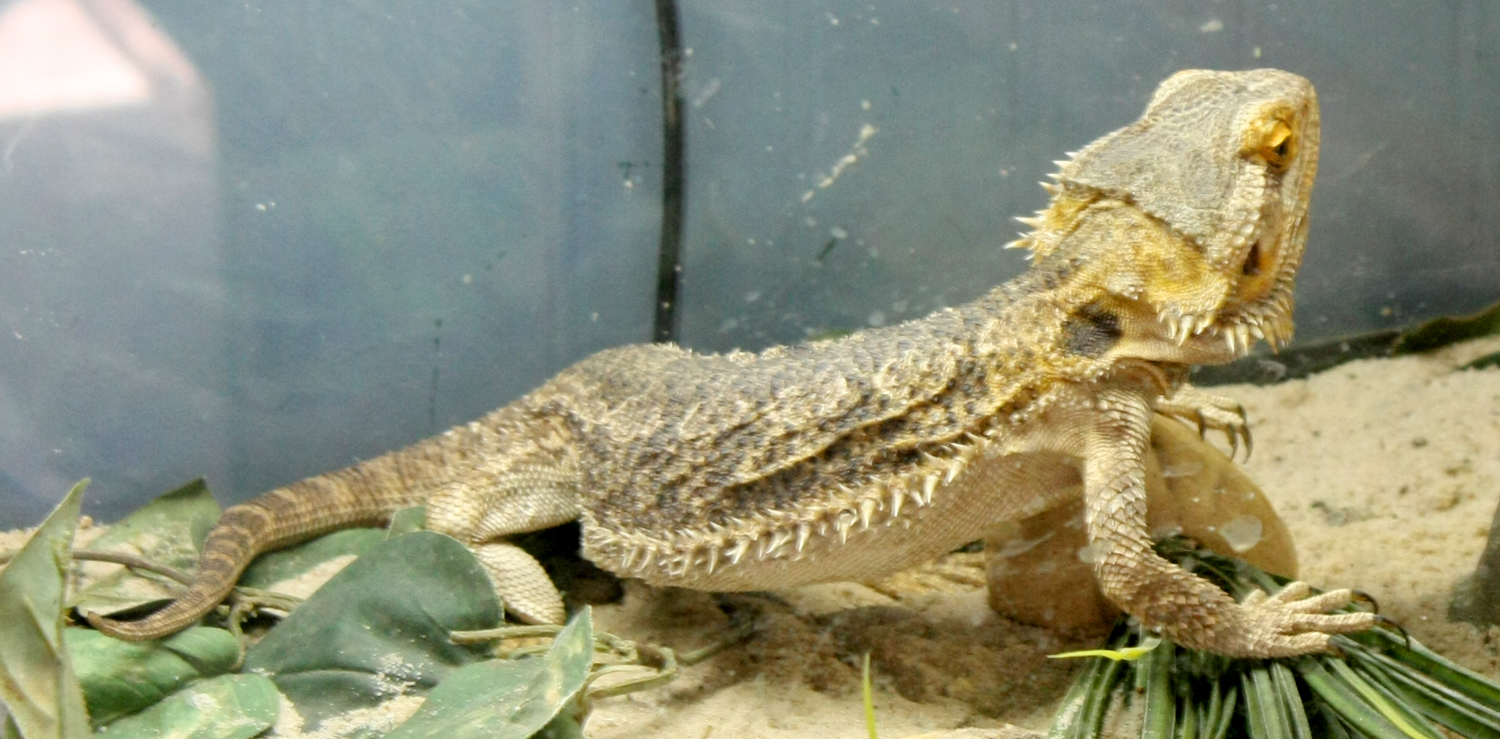
4. Activity Idea 1: Free Play (Table or Floor: 5 – 10 Minutes)
You will need animal figures and/or Reusable Animal Habitat Sticker Sheets.
The kids really enjoyed these reusable sticker sheets – we carefully tore out all the habitat scenes and sticker sheets so several students could play at once (one or two students per habitat).
A suggestion: be sure to allow time for them to take the stickers off the included habitat scenes and replace them on the sticker sheets so they are ready to be played with the next time.

Activity Idea 2: A Safe Snake Craft (Table: 15 – 20 Minutes)
You will need:
- Craft pages printed out for each child (from Hands-On Minds-On Science: Animals)
- Crayons, Markers, Colored Pencils
- Glue Sticks
- Scissors
- Table or floor space away from the other activity space.
See finished craft above. Instruct your students to color the snake page BEFORE cutting out the snake. Have them color the habitat page in similar colors. Hands-On Minds-On Science: Animals has a lot of information about camouflage in the Safe Snake section that you can discuss with the children while they color.
Alternate Activity
The Hands-On book mentioned above is an older book which I found at a consignment sale, but it had such good activities I had to use it! If you cannot find it, you can use the Snake Spiral activity from education.com. If you’d still like to incorporate the concept of camouflage, have the kids color the snake in the colors they choose, then take a walk outside and see if they can find an area where their snakes can “hide”. If the class cannot go outside, you can take a walk around your house or building. Or, bring in rocks in a pan, and ask the kids to color the snake so it can hide in those rocks – then let them try it out.
5. Zoology Notebook (Table: 10 – 15 Minutes)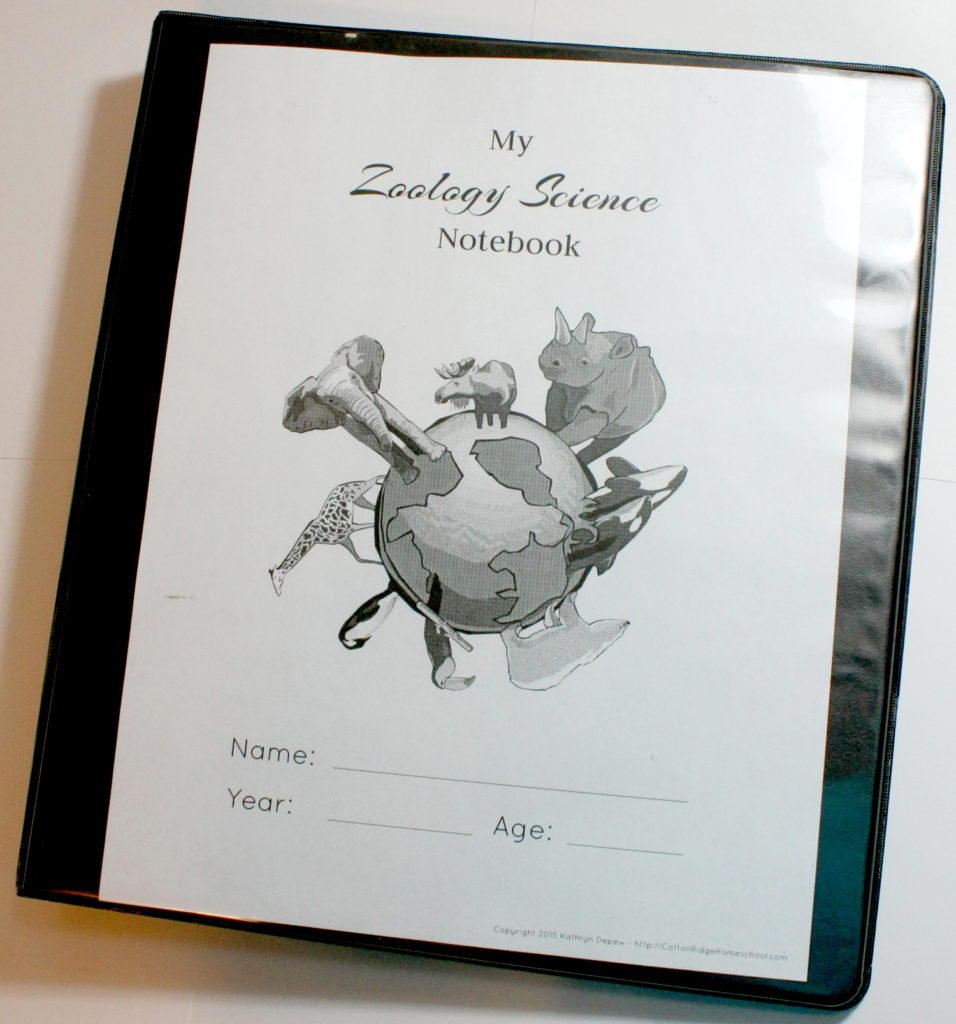
Pass out binders and crayons, markers and/or colored pencils. Have your students color the Tortoise Coloring page (education.com download).
You can assemble the Animal Science Notebooks before the school year begins if you wish: click here for blog post with free printables, instructions, and list of printables.
6. Story and Snack (Table: 10 – 15 Minutes)
Read The Mixed-Up Chameleon by Eric Carle. Look through the book ahead of time to plan your snack: find a snack that matches each color mentioned in the book. As my teaching partner read the book, I handed out the food that matched the colors. The kids loved this! Here is a look at a snack plate a few pages in:
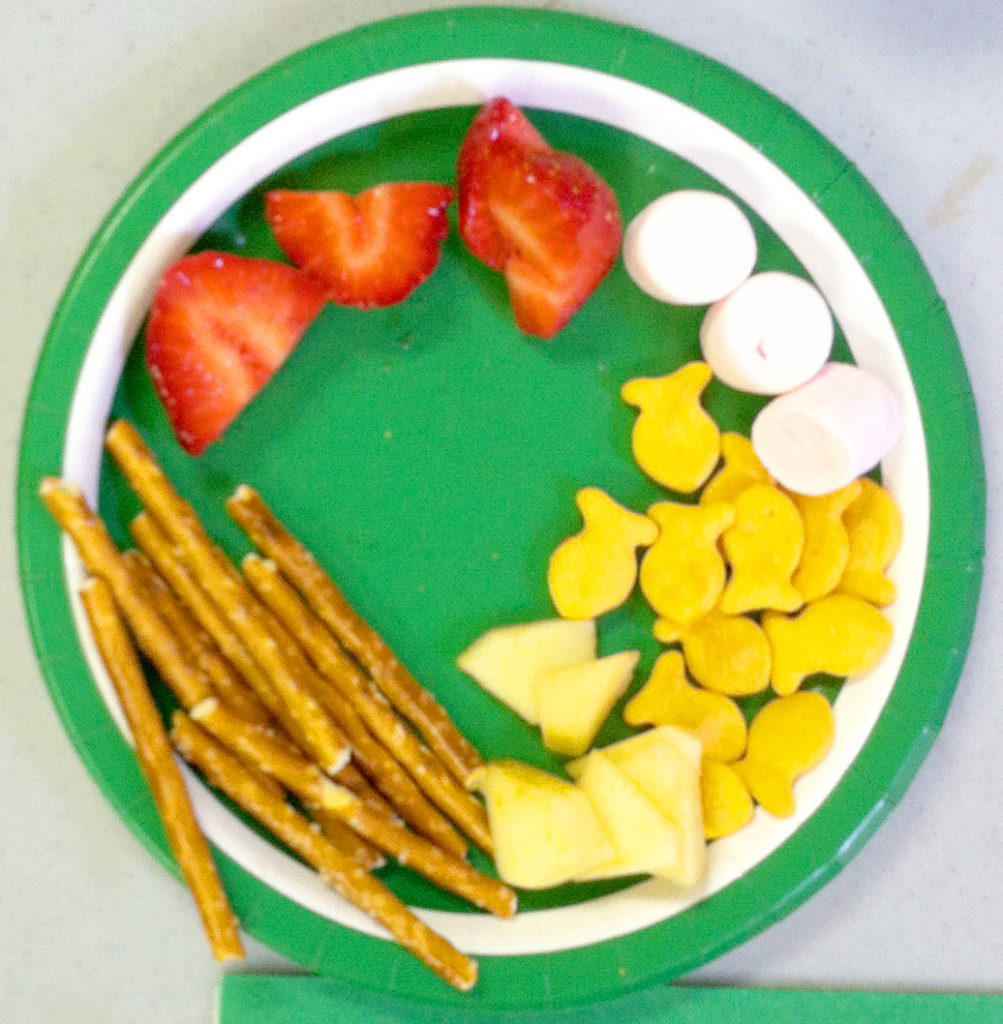 Be sure to check with your students’ caretakers for any food allergies ahead of time.
Be sure to check with your students’ caretakers for any food allergies ahead of time.
For more animal-themed snack ideas, please visit my Science For Kids – Snacks Pinterest board.
7. Craft Project Idea: “Feed Me Flies” Fine Motor and Math Game (Table: 15 – 20 Minutes)
My teaching partner put a “Feed Me Flies” game together for each of our students! The instructions can be found at the BuggyandBuddy blog.
Alternate Project Idea
Make bookmarks using the free printable below – click on the thumbnail to open and print the PDF file. Have your kids color and cut out the bookmarks. My students loved it when I used my laminator to seal their work!
See my Science For Kids – Life Science Pinterest board for more ideas!
Please feel free to comment below with your recommendations – I appreciate your ideas and suggestions!
Text and Images Copyright 2018 Kathryn Depew
Disclosure: I was not compensated for this post. I am an affiliate of Amazon, and will receive a small commission if a link on this page is used to make a purchase.



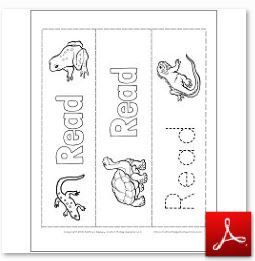
Leave a Reply